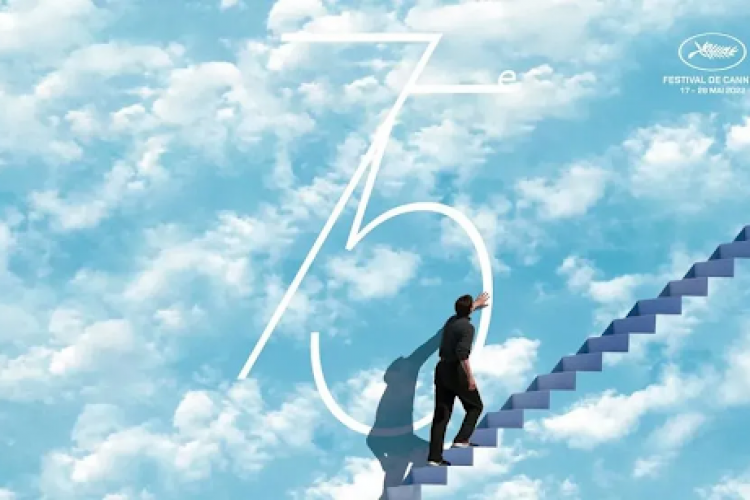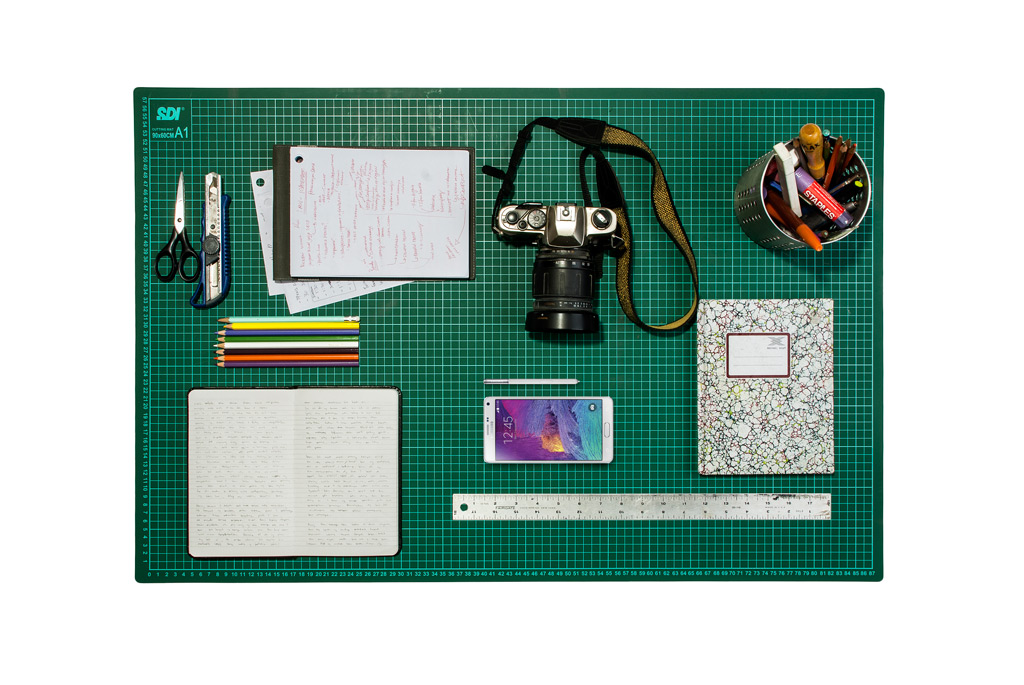
When talking about taking notes, what will come to the minds of many is days spent in classrooms outlining a teacher’s lecture. These notes record class activities and serve as an aid to recall information. It is compulsory to write notes when in school; some teachers even require students to submit their notebooks; and we can give these individuals and institutions our deepest gratitude for making it part of our daily activities. See, what is taught by taking notes isn’t simply the act of creating reminders; we are taught to create and process the building blocks for a great final idea.
Whether a physics theory by Albert Einstein, a novel by Ernest Hemingway, a Bob Dylan song, or a Pablo Picasso masterpiece – many, if not every, great work by humanity not only begins with a note, but also continue to use notes until it reaches its final form. Notes are the initial ideas, the outlines of designs, the criticism and counter-arguments of proposals – they are, in essence, our thoughts, opinions, and approach. Today, technology such as tablets and cellphones have made it even easier for us to quickly jot, sketch, photograph and record our ideas and inspiration – so there no telling how many great ideas are out there.
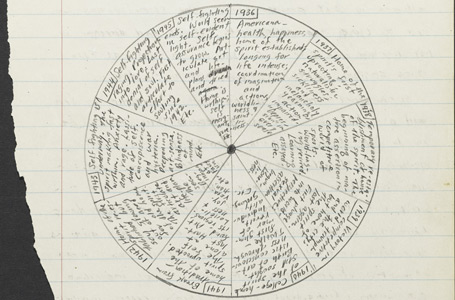
Jack Kerouac manuscript notes for The Town and the City.
Notes as Blueprints
One of the main function of writing notes is to construct a rough projection of what we’re planning to do. By having notes, upcoming ideas can be transferred into sketches or points that can be developed further. Anytime ideas crop up, it can be manifested as notes so that it won’t simply be a fleeting moment of inspiration. Once it is recorded as notes, the idea itself could be unfolded and polished to reach a better form. One of the features of taking notes, annotations, is the ideal way of enhancing the basic concept of an idea, so that when the concept crystallized, the result won’t need any more revision, that it’s already honed towards its final form.
In all conscience, the function of notes as blueprints practically has been one key aspect in the creative process, particularly in the process of creating works of art. The story behind one of the most moving and powerful anti-war paintings in history, Guernica could be the example of how notes enables us to build a better state of an idea. The many sketches of the’Guernica’ painting made by Pablo Picasso help us understand how the artist worked on his artistic response to the violence of war. From all the sketches, we can see how he synthesized the many visual elements he wanted to incorporate, and how he finally composed his 25 feet wide masterpiece.
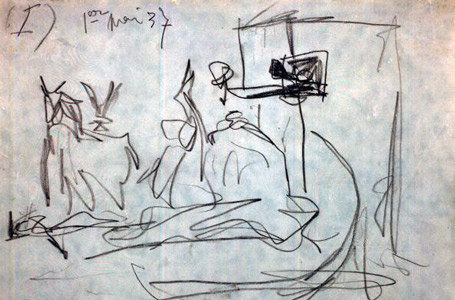
Guernica preliminary sketches by Pablo Picasso.
Notes as Reference
We can consider notes as markers of our thoughts and processes at a specific period of time. Any project will require us to progress through different stages, and the notes we take in any phase will explain the rationale to the end product. Imagine working on a year-long project, the notes you have taken will recall specific moments of progress, and to outsiders, understand how you reached the final product.
Notes allow us to go back in time and see the logic to our methods, so having many notes will help us quickly backtrack. Often times, we will return to our notes to when we have lost sight of what we are working on.
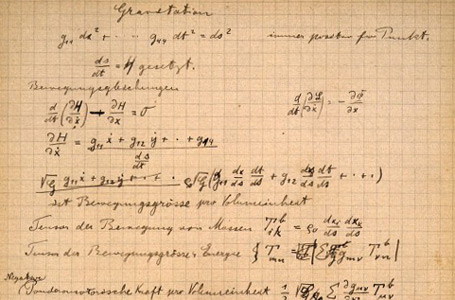
Albert Einstein’s notes for his theory of general relativity.
When Albert Einstein worked on proving his general theory of relativity, he famously realized that he had made a mistake in his mathematical equations. As one can imagine, the work and time needed to explain the space and time wasn’t little. Going through the many notes he had taken, it was thanks to an earlier equation he had previously discarded from his calculations that he was able to perfect his theory, and now general relativity has become science’s means to understand the workings of the universe and everything in it.
Documenting the earliest thought, inspiration, and then the actual process – notes are markers of progress.
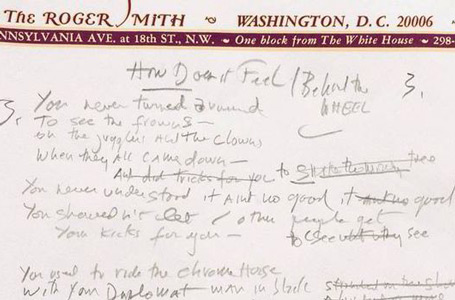
Bob Dylan lyric notes which later became Like a Rolling Stone.
With life running at a fast pace as well as the rapid flow of information, it is important to step back and take notes of what is happening around us. By taking a moment to observe, sometimes we will be able to see events from different perspectives, so that we can have a better angle and ideas to deal with a problem or even just to express our self. We can also harness the advancement of technology that sprouted alongside the rapid flow of information. With today’s technology, taking notes is as easy as ever – the technology is in the palm of our hands. Now, everyone can use apps to take notes using text, illustration, audio recording, photography – and all of this can now be done through devices such as smartphones and tablets. These new dimensions in taking notes should help people to keep track of their thoughts. With the rapid advancement of technology, there should be more and more new discoveries that are more valuable than ever.
Notes are the building blocks of big ideas so to write notes is an essential part of everyday life. In the beginning, they preserve the initial idea and the inspirations that go with it – they are the blueprint of a great concept. Next they document the method and process of refinement with every annotation fine-tuning the ideas. Notes are essential in developing ideas from its inception to its creation. With today’s available technology, it is even easier to take notes. We can record, sketch, photograph, and type simply with one tablet or cellphone. Every inspiration can be recorded and later worked on at a touch of a button, so we should make it a habit to take notes. Be inspired, and #STARTWITHANOTE.









